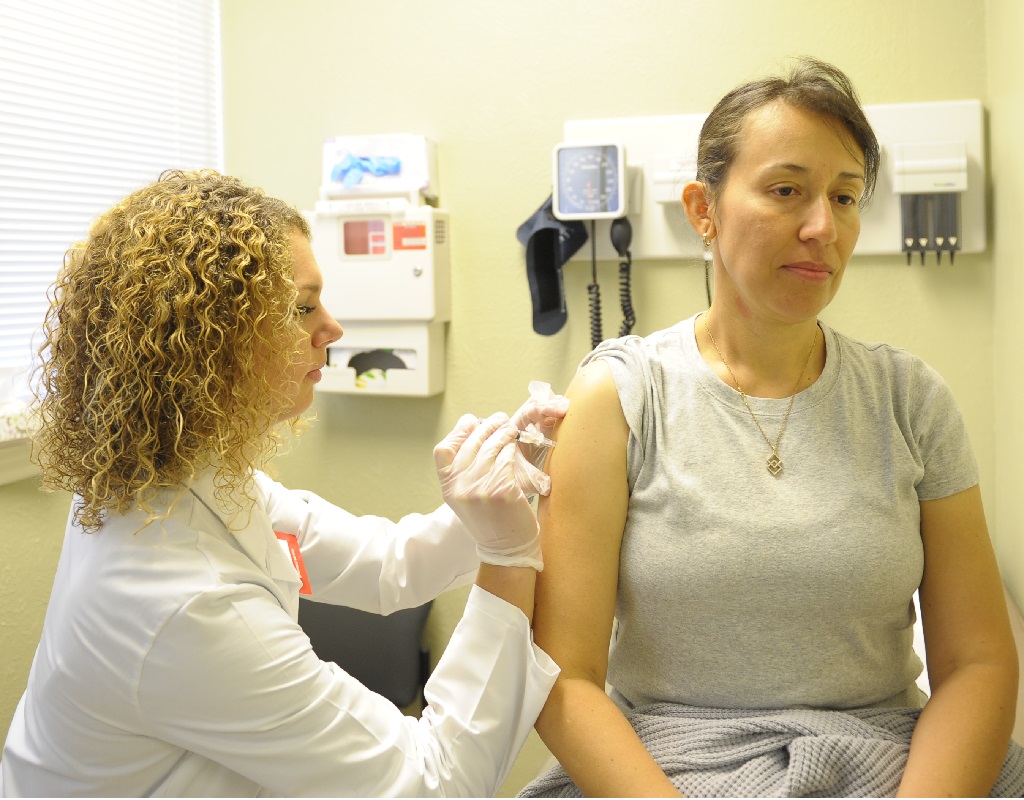Why immunisation matters
Immunisation has transformed human health by preventing the deaths of millions of people. But did you know it can even help protect people who haven’t been immunised?
An vaccine aims to protects a person against a specific virus or bacterium and its associated complications. In the short term, the effectiveness of immunisation is measured by its capacity to reduce cases of disease and major complications, such as serious tissue damage and death.
All vaccines currently in use in Australia dramatically increase protection from disease in the majority of immunised people, and in the wider community. For example, the pertussis (whooping cough) vaccine prevents disease in 85 per cent of recipients, while the measles vaccine prevents disease in 95 per cent of recipients. The remaining individuals may not be fully protected and remain at least partially susceptible to infection. This could be due to genetic factors, or to the presence of other medical conditions that impair the capacity of the vaccine recipient to mount a protective immune response.
So, in a given population, no vaccine will be 100 per cent effective. If an infection is present in a community, some people who have been immunised may still contract it.

Immunisation brings benefits not only for the individual who receives the vaccine, but also for the entire population through a phenomenon called herd immunity.
Herd immunity occurs when a significant proportion of people within a population are protected against a disease through immunisation. This situation offers indirect protection to people who are not immunised (such as babies too young for the vaccine), or who were but whose immune systems did not respond to the vaccine, by making it less likely they will come into contact with someone who is carrying the pathogen.
In the case of a highly infectious disease such as measles, more than 95 per cent of the population must be immunised to achieve sufficient herd immunity to prevent transmission if the disease recurs.
As well as saving lives, an additional benefit of immunisation is economic. Cost-effectiveness of community immunisation programs is determined by measuring the benefits—in terms of cost and quality of life—that result from preventing illness, disability and death, and comparing them with the costs of vaccine production and delivery to the population.
A 2016 study undertaken by researchers in the United States calculated the costs and economic benefits of distributing childhood vaccines for a range of diseases in 94 low- and middle-income countries. They concluded that every (US) dollar spent on vaccinations saved $16 dollars in lost productivity and medical costs later in life. This figure rose to $44 when the researchers added in the contribution of healthy immunised individuals to an economy over their lifetime.
For a healthy community and a healthy economy, immunisation makes sense.





